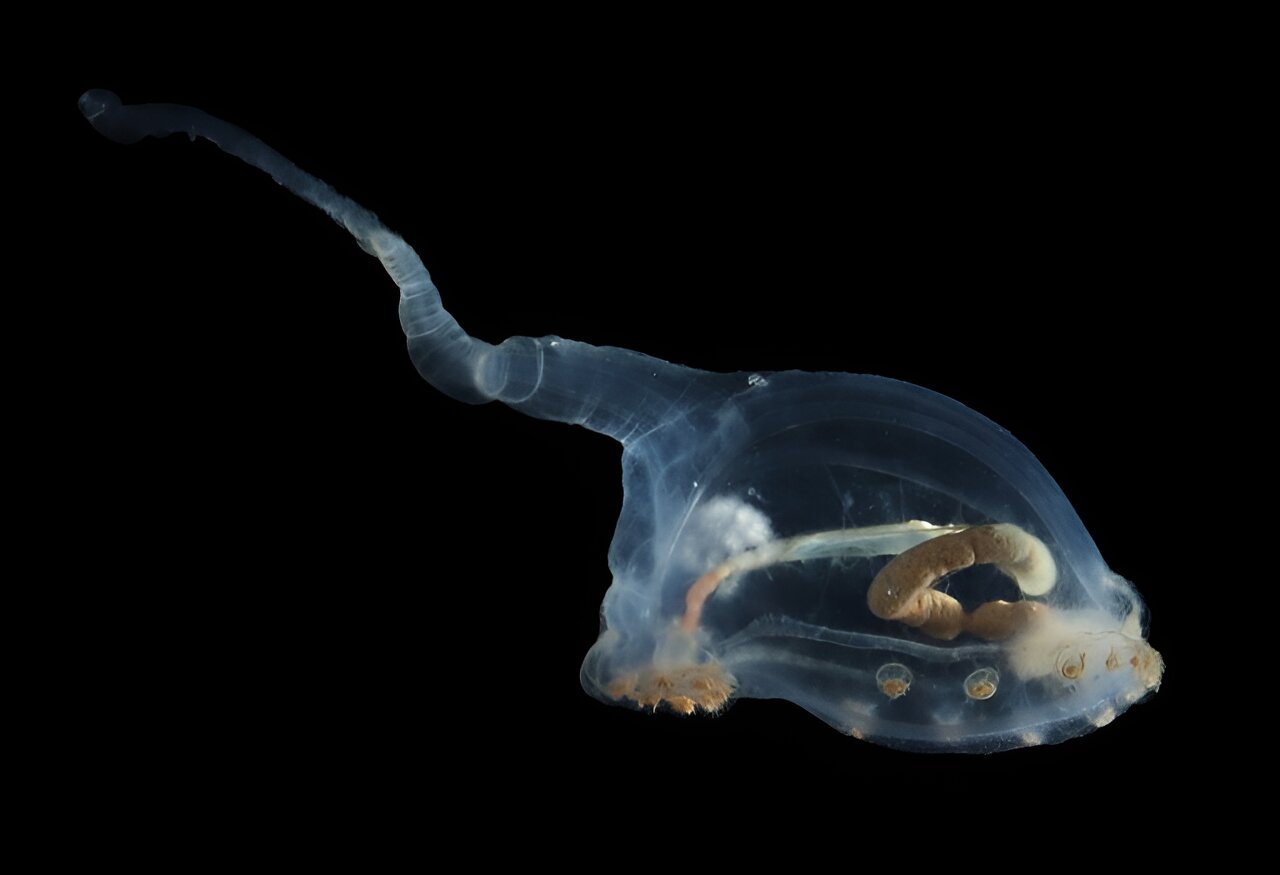World Ocean’s Day. By mining the depths, we undermine our future.
We are well aware of the Cook Islands Sea Bed Minerals Authority (SBMA) recent community awareness raising campaigns to diverse groups accross Rarotonga on the benefits of deep seabed mining (DSM). However, their presentations have barely touched on the potential risks of this industry. We believe the public need to be much better informed about these risks. For this to be possible, there also needs to be a lot more research carried out so we can analyse the potential impacts before any decision is made on whether to proceed with mining or not.
The World Resources Institute (WRI) is a trusted global research non-profit organization established in 1982. Similar to Te Ipukarea Society’s vision, WRI aims to encourage human society to live in ways that protect our environment and its capacity to provide for the needs and aspirations of current and future generations.
The information below is taken directly from the WRI website, which you can access from this link: https://www.wri.org/insights/deep-sea-mining-explained. There were a couple of paragraphs included on potential benefits of DSM, but most of the information relates to risks. If you go to the full online article, you will be able to click on the links to other scientific articles used as references for the production of this report.
While the deep sea was once thought to be devoid of life — too dark, cold and starved of food for anything to survive — we now know that it is the largest habitable space on the planet and home to a dazzling array of life. To date, tens of thousands of species have been found in the deep ocean, with estimates that there could be millions more. In the Clarion-Clipperton Zone alone, a key area of interest for deep-sea mining, researchers have recently discovered over 5,000 species that were entirely new to science.
While further research is required to determine the possible ecological impacts of deep-sea mining, the science to date paints a concerning picture. A picture that has not been meaningfully shared with the public through Government’s consultation process. Some of these impacts include:
• direct harm to marine life: There is a high likelihood that less mobile deep-sea organisms would be killed through direct contact with heavy mining equipment deployed on the seabed, and that organisms would be smothered and suffocated by the sediment plumes these machines are likely to create. Warm mining wastewater could also kill marine life through overheating and poisoning.
• long-term species and ecosystem disruption: Mining activities could impair the feeding and reproduction of deep-sea species through the creation of intense noise and light pollution in a naturally dark and silent environment. For example, the sound pollution from these activities could negatively impact large mega-fauna like whales, posing further risk to populations already strained by climate change and other human activities. Because many deep-sea species are rare, long-lived and slow to reproduce, and because polymetallic nodules (which may take millions of years to develop to a harvestable size) are an important habitat for deep-sea species, scientists are fairly certain that some species would face extinction from habitat removal due to mining, and that these ecosystems would require extremely long time periods to recover, if ever.
• possible impacts on fishing and food security: It’s not just the seafloor that’s at risk. Under current designs, waste discharge from mining vessels could spread over large distances, potentially kilometers away from the areas being mined. This may pose a threat to open ocean fish and invertebrates which are crucial to international fisheries — such as tuna stocks that help drive the economies of many small island developing states in the Pacific, including Kiribati, Vanuatu and the Marshall Islands. Effects of this mining waste could include suffocation, damaged respiratory and feeding structures, and disrupted visual communication within and amongst species, alongside changes in the oxygen content, pH, temperature and toxicity of seawater. However, more research is needed on the characteristics of the discharge plumes themselves and the tolerance of ocean species to fully understand these impacts.
• economic and social risks: though the UN has designated high-seas minerals “the common heritage of [hu]mankind” and declared that any mineral extraction should benefit all nations, the current regulatory regime of the ISA appears to promote the flow of mining profits to developed states, or to shareholders of mining companies, rather than being inclusive of developing nations.
• potential climate impacts: The ocean is the world’s largest carbon sink, absorbing around 25% of all carbon dioxide emissions. Microscopic organisms play a critical role in this climate-regulating system, helping to sequester carbon in the deep sea and reduce emissions of other planet-warming gases, such as methane, from seabed sediments. The loss of deep-sea biodiversity following mining activity may impact the ocean’s carbon cycle and reduce its ability to help mitigate global temperature rise.
It is very clear that we need a lot more time, through a moratorium or a pause, to better understand these risks. We must all do our best to make sure that the decision to mine or not to mine is not made until we have a much greater understanding of the risks involved for our ocean. Happy World Oceans Day everyone.

